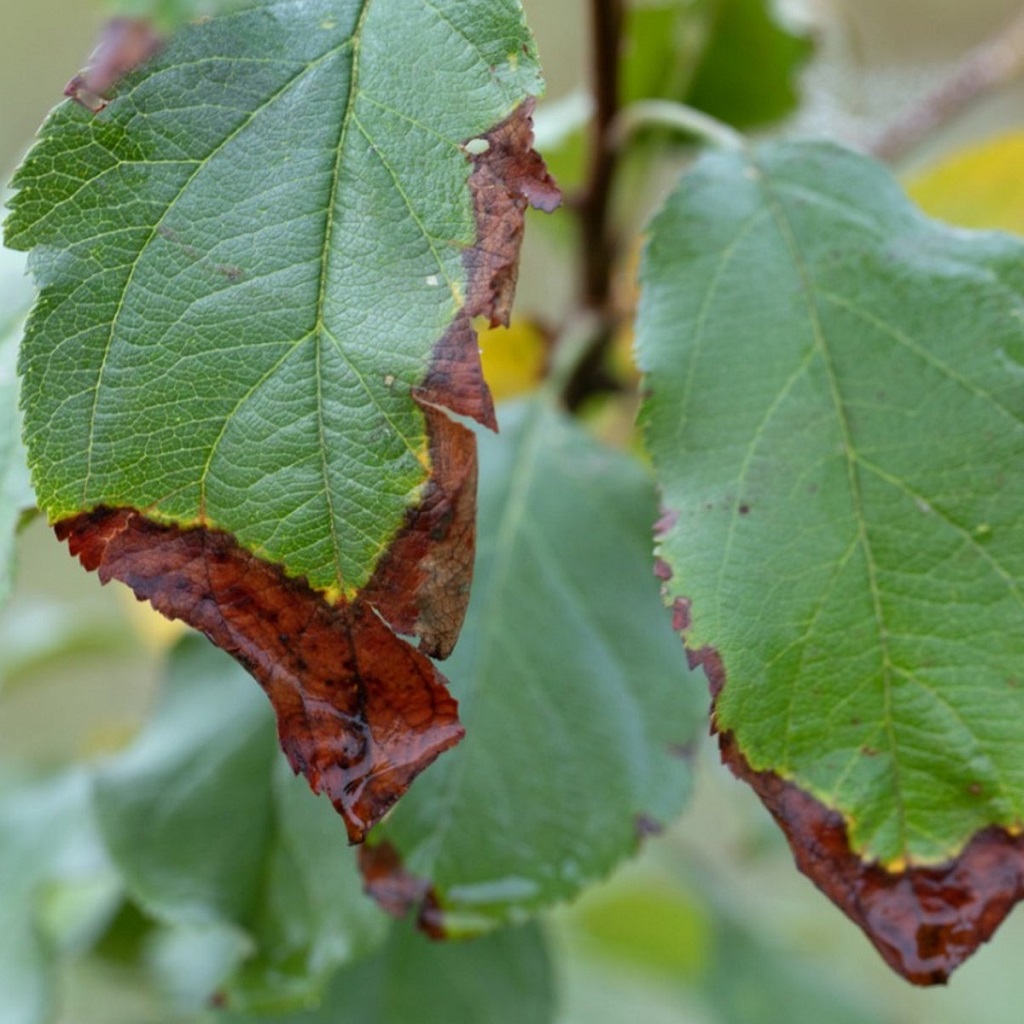Blight in plants refers to a group of diseases causing rapid death of plant tissue, characterized by symptoms like yellowing, browning, spotting, and withering of leaves, stems, or entire plants. These diseases are often caused by bacterial or fungal pathogens, and can be highly contagious.
Key points about plant blight:
- Rapid Tissue Death: Blight diseases are known for their rapid and extensive death of plant tissue.
- Symptoms: Symptoms include sudden yellowing, browning, spotting, withering, or dying of leaves, flowers, fruit, stems, or the entire plant.
- Causes: Bacterial and fungal pathogens are the most common causes of blight.
- Contagious: Many types of blight are highly contagious, spreading easily from plant to plant.
- Environmental Factors: Weather conditions like storms, changes in humidity, and temperature can worsen blight damage.
Examples
Common examples include early blight, late blight, bacterial blight, and southern blight.
Management
Preventing blight requires careful attention to plant health, sanitation, and potentially the use of fungicides.

Leave a Reply